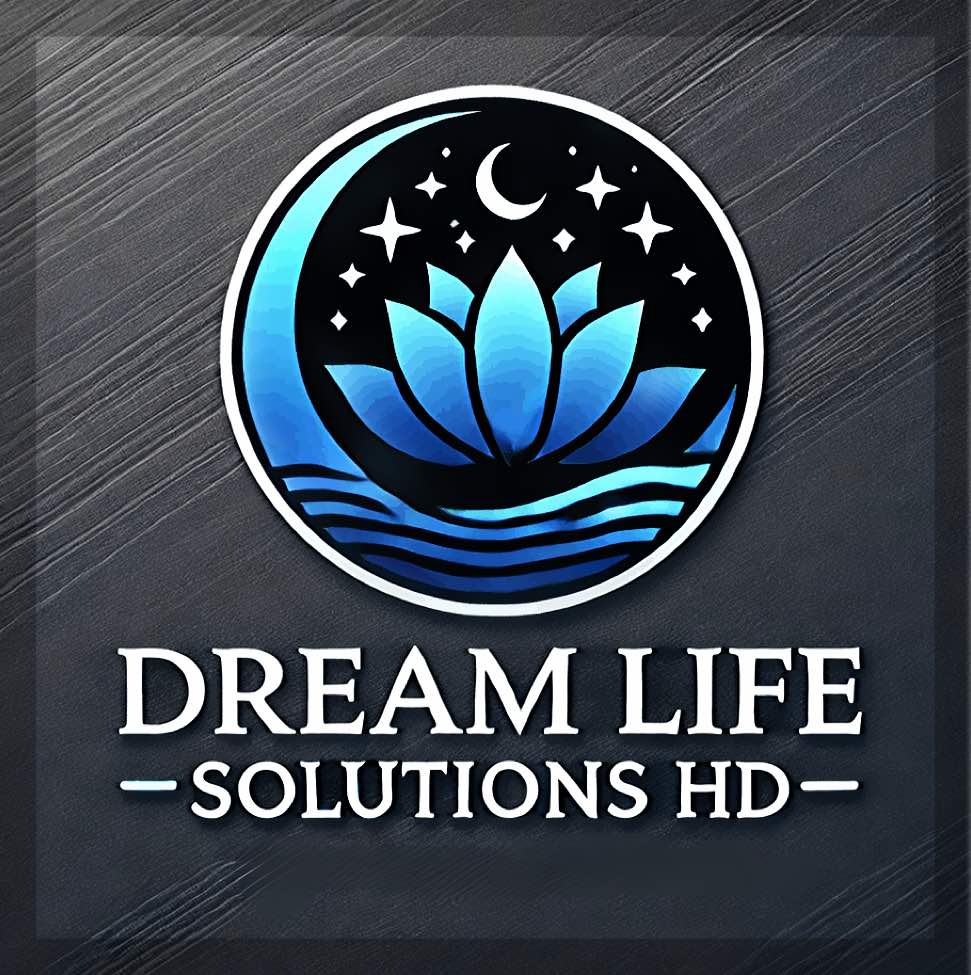
The Genesis of “Thank You”
It all began as a lighthearted experiment, one of those spontaneous moments that emerge in the midst of family life. We were at the dinner table, we have a family tradition every Sunday where we have supper together with extended family (usually a BBQ) where conversations flow freely, filled with the past week and current day’s events, shared thoughts, and occasional debates. As usual, I found myself deep in conversation, discussing something that, in my mind, was worth defending. My wife, ever the voice of reason, chimed in with feedback. Her words weren’t harsh or critical, just an alternative perspective that perhaps I hadn’t considered. My immediate instinct was to respond, to explain my point of view and make sure it was understood, but then something unexpected happened.
Instead of launching into a defense, I simply said, “Thank you.” It wasn’t sarcastic, nor dismissive, just a sincere acknowledgment of her input. The table went quiet for a moment, as if everyone was waiting for the punchline or the usual back-and-forth to follow. But nothing more came. My wife looked at me, perhaps a bit puzzled, but smiled and nodded. The conversation shifted, and we moved on.
What had started as an off-the-cuff remark became a catalyst for change in our family dynamics. That evening, I realized that saying “thank you” in response to feedback—even when I didn’t fully agree—had a profound effect. It didn’t mean I was conceding my point or agreeing with the feedback entirely, but it did something powerful: it acknowledged the other person’s contribution to the conversation.
Over the next few weeks, I began experimenting with this simple phrase more deliberately. Anytime feedback was offered, be it from my wife, my children, or even colleagues at work, I responded with “thank you.” The results were eye-opening. Conversations became less about winning or losing and more about understanding and being understood. Defensiveness on both sides melted away, replaced by a mutual respect that allowed for deeper, more meaningful exchanges.
The Power of Acknowledgment

At the heart of “thank you” lies a powerful principle: acknowledgment. When we acknowledge someone’s input, we validate their effort to engage, to share their perspective, and to contribute to the dialogue. It’s a way of saying, “I hear you, and I value what you have to say.” In a world where so much communication is about asserting one’s own views, acknowledgment is a rare and precious gift.
This practice of saying “thank you” is rooted in the idea that every conversation, every piece of feedback, is an opportunity for growth. It’s easy to get caught up in the need to be right, to feel that our perspective is the most valid or accurate. But the reality is, we all have blind spots. We all have moments where our perception is limited by our own experiences, biases, or emotions. When someone offers feedback, they are providing us with a view from a different vantage point, one that we may not have considered.
By responding with “thank you,” we open the door to that new perspective. We allow ourselves to consider it, to weigh it against our own understanding, and to learn from it. It doesn’t mean we have to agree with it, but it does mean we’re willing to listen. And in listening, we show respect—not just for the other person, but for the process of communication itself.
This is where the real magic happens. When people feel heard and acknowledged, they are more likely to engage in a constructive and open dialogue. The defensive barriers that often arise in conversations, especially those that touch on sensitive topics, start to come down. Both parties feel safer to express their thoughts, knowing that they will be met with respect rather than rebuttal.
This shift in communication is not just about avoiding conflict, but about fostering a deeper connection. When we acknowledge others, we create a space where both parties can contribute meaningfully to the conversation. It becomes less about who is right and more about what can be learned from each other.
Seeking to Understand Before Being Understood

The practice of saying “thank you” ties closely with a principle that has long been advocated by great communicators and thinkers: seek first to understand, then to be understood. It’s a beautiful concept that is simple in theory but often challenging in practice. In the heat of a discussion, when emotions run high and the desire to assert one’s point is strong, it’s easy to forget the importance of truly listening to the other person.
But when we make the conscious effort to listen first, we open ourselves up to a world of insight. We allow the other person to fully express their thoughts, feelings, and perspectives without interruption. This not only shows respect but also gives us a clearer understanding of where they are coming from. And with that understanding, our own responses can be more thoughtful, more informed, and ultimately, more effective.
The phrase “thank you” is a powerful tool in this process. It serves as a reminder to pause, to take a breath, and to listen. It helps us shift from a reactive mode to a reflective one. When we say “thank you,” we’re not just acknowledging the other person’s input; we’re also giving ourselves the time to truly consider it.
This approach can be particularly transformative in situations where there is disagreement or conflict. Instead of immediately jumping to defend our position, we take the time to understand the other person’s perspective. This doesn’t mean we have to agree with it, but it does mean we are willing to engage with it in a meaningful way. And in doing so, we often find that the conversation becomes less about opposing sides and more about finding common ground.
Over time, this practice can lead to stronger relationships, both personally and professionally. When people know that their input will be met with a “thank you,” they are more likely to share openly and honestly. This openness fosters trust, which is the foundation of any strong relationship. And trust, in turn, leads to more effective communication and collaboration.
Practical Applications and Benefits

The benefits of incorporating “thank you” into our communication are far-reaching. On a personal level, it can improve relationships with family, friends, and colleagues. On a broader scale, it can enhance our interactions in any situation where feedback is involved, from work meetings to customer service encounters.
One of the most immediate benefits is the reduction of defensiveness. When we feel criticized or challenged, our natural reaction is often to defend ourselves. This is a survival instinct, rooted in our need to protect our ego and self-image. However, this defensive reaction often leads to escalation rather than resolution. By saying “thank you,” we interrupt this cycle. We create a moment of pause, where the focus shifts from defending ourselves to understanding the other person’s perspective.
Another significant benefit is the enhancement of learning and personal growth. Feedback, even when it’s critical, is a valuable source of information. It provides us with insights into how others perceive us and can highlight areas where we may need to improve. When we respond to feedback with “thank you,” we open ourselves up to these insights. We become more receptive to learning and less attached to our ego. This receptiveness is crucial for personal and professional development.
In addition, the practice of saying “thank you” can lead to more positive interactions overall. It sets a tone of respect and appreciation, which often prompts others to respond in kind. This creates a positive feedback loop, where each interaction builds on the goodwill of the previous one. Over time, this can lead to a more supportive and collaborative environment, whether at home, at work, or in the community.
To incorporate this practice into your own life, start by making a conscious effort to say “thank you” whenever feedback is offered. This might feel awkward at first, especially if you’re used to responding defensively. But with time, it will become more natural. You may even find that you start looking forward to feedback, seeing it as an opportunity for growth rather than a challenge to your self-worth.
“The Art of Thank You” is more than just a communication strategy; it’s a mindset. It’s about approaching conversations with an attitude of openness and respect, recognizing that every exchange is an opportunity to learn and grow. By incorporating this simple phrase into our interactions, we can transform the way we communicate, building stronger relationships and fostering a deeper understanding of one another. So, the next time someone offers you feedback, try responding with a heartfelt “thank you”—you might be surprised by the positive impact it has on your life.
Did you find this post helpful? Please leave a comment below, share it with your friends, and don’t forget to follow us on Facebook and Instagram for more tips and insights!
~This blog post is an excerpt from a chapter in my book that will be released soon.~




